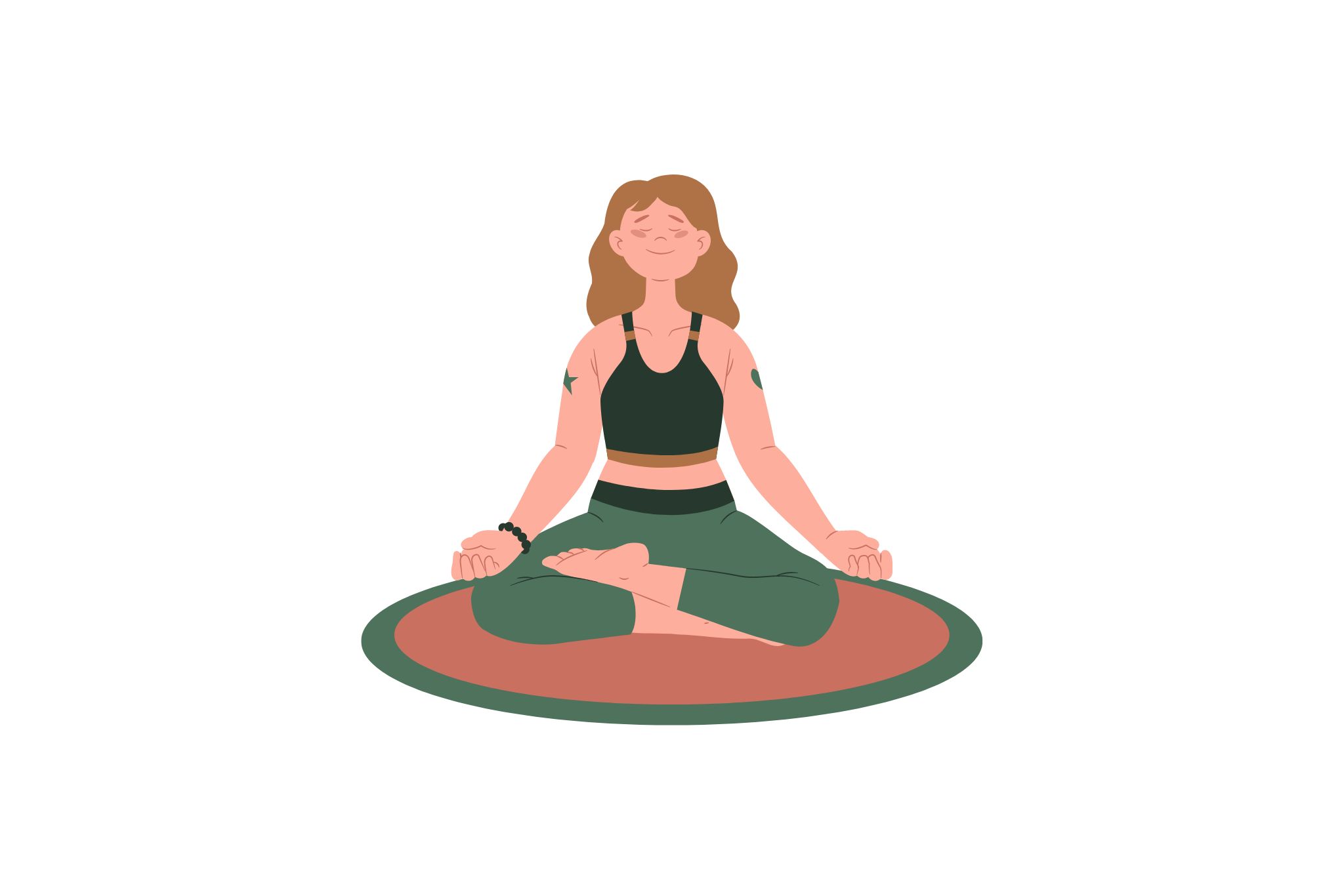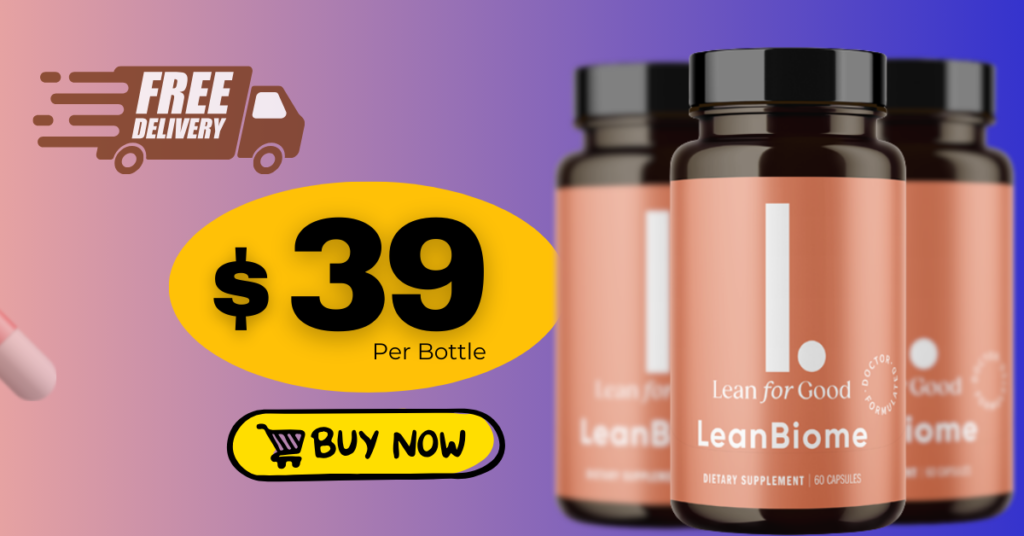When it comes to engaging in physical activity, whether it’s yoga, Pilates, or a high-intensity workout, having the right mat can make all the difference in terms of comfort, stability, and overall performance.
While fitness mats and yoga mats may appear similar at first glance, they serve different purposes and are designed with distinct features tailored to specific activities. Let’s delve into the differences between these two types of mats and how to choose the right one for your needs.
Understanding Fitness Mats
Fitness mats, also known as exercise mats or gym mats, are versatile mats designed to provide cushioning and support during various types of workouts and exercises. These mats are typically thicker and more durable than yoga mats, offering enhanced shock absorption to protect joints and provide stability during high-impact activities.
Key Features of Fitness Mats:
- Thickness: Fitness mats are generally thicker than yoga mats, typically ranging from 8mm to 15mm in thickness. The extra padding helps cushion joints and absorb impact during exercises such as jumping, lunging, or weightlifting.
- Durability: Fitness mats are constructed from durable materials such as PVC, rubber, or foam, designed to withstand heavy use and frequent movement without wearing down or tearing.
- Non-Slip Surface: Many fitness mats feature a non-slip surface or texture to prevent slipping and sliding, especially during sweaty workouts or exercises that require dynamic movements.
- Portability: While fitness mats may be thicker and heavier than yoga mats, they are still relatively lightweight and portable, making them easy to roll up and transport to and from the gym or fitness studio.
Exploring Yoga Mats
Yoga mats are specifically designed to provide traction, stability, and support during yoga practice. These mats are typically thinner and more lightweight than fitness mats, allowing for greater connection to the ground and better balance during yoga poses and stretches.
Key Features of Yoga Mats:
- Thickness: Yoga mats are generally thinner than fitness mats, typically ranging from 3mm to 6mm in thickness. The thinner profile allows for better stability and balance during yoga poses, while still providing adequate cushioning for comfort.
- Grip and Traction: One of the most important features of a yoga mat is its grip and traction. Yoga mats often feature a textured or sticky surface that helps prevent hands and feet from slipping, allowing practitioners to maintain proper alignment and stability throughout their practice.
- Portability: Yoga mats are designed to be lightweight and portable, making them easy to carry to and from the yoga studio or outdoor practice sessions. Many yoga mats also come with carrying straps or bags for added convenience.
- Eco-Friendly Materials: With increasing awareness of environmental sustainability, many yoga mats are now made from eco-friendly materials such as natural rubber, cork, or TPE (thermoplastic elastomer), offering a more sustainable option for environmentally conscious yogis.
Choosing the Right Mat for You
When selecting a mat for your fitness or yoga practice, it’s essential to consider your specific needs, preferences, and the type of activities you’ll be engaging in. If you primarily do high-impact exercises or strength training, a thicker, more cushioned fitness mat may be more suitable. On the other hand, if you’re focused on yoga or Pilates, a thinner, grippier yoga mat may be the better choice.
Do This One Unusual 10-Minute Trick Before Work To Melt Away 15+ Pounds of Belly Fat
Conclusion
In conclusion, while fitness mats and yoga mats serve similar purposes in providing support and comfort during physical activity, they are designed with distinct features tailored to different types of exercises and practices.
By understanding the differences between these two types of mats and considering your specific needs and preferences, you can choose the right mat to enhance your workout or yoga practice. For more insights and tips on fitness equipment and practices, be sure to explore additional content on our blog. Join us as we continue to explore the world of fitness and wellness together!




